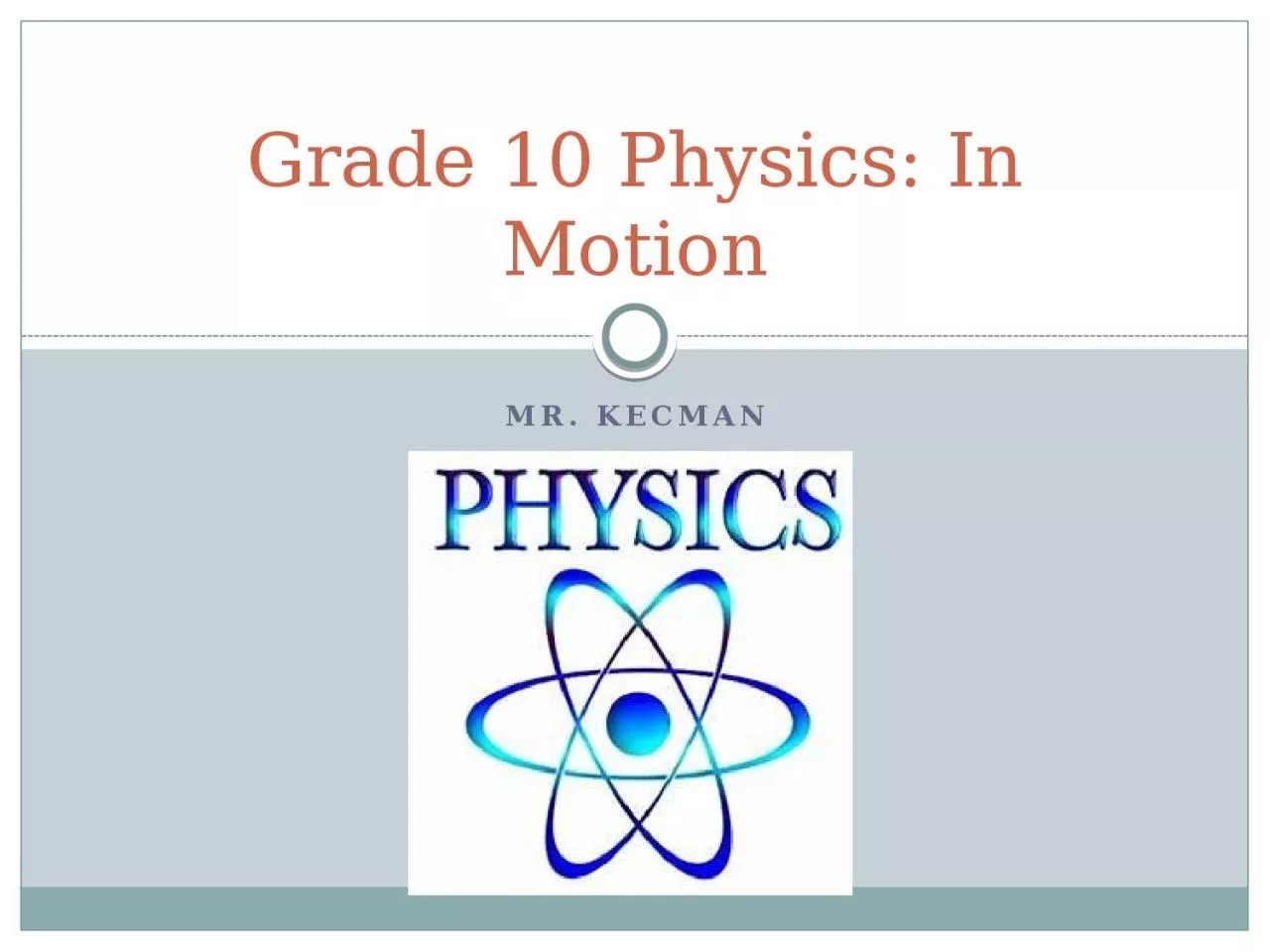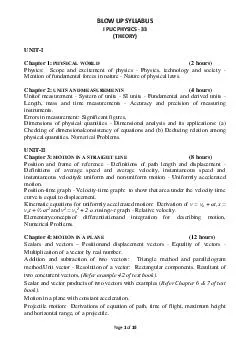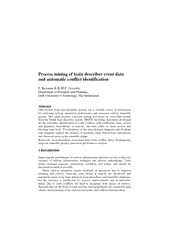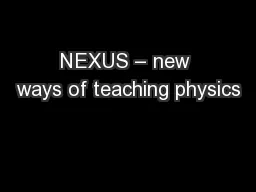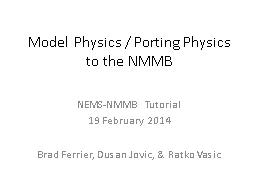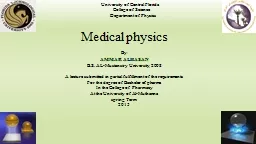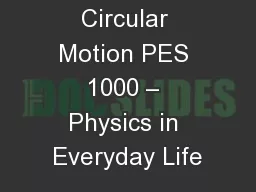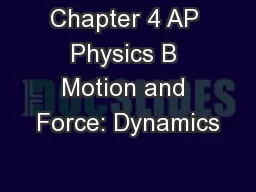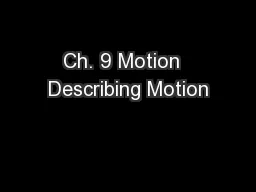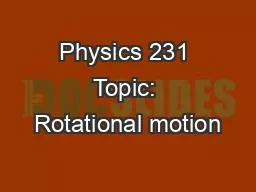PPT-Mr. Kecman Grade 10 Physics: In Motion
Author : sophie | Published Date : 2023-11-07
What do you guys know What we will look at Displacement time velocity uniform motion Calculate using formulas and graphs Relationship between velocity time acceleration
Presentation Embed Code
Download Presentation
Download Presentation The PPT/PDF document "Mr. Kecman Grade 10 Physics: In Motion" is the property of its rightful owner. Permission is granted to download and print the materials on this website for personal, non-commercial use only, and to display it on your personal computer provided you do not modify the materials and that you retain all copyright notices contained in the materials. By downloading content from our website, you accept the terms of this agreement.
Mr. Kecman Grade 10 Physics: In Motion: Transcript
Download Rules Of Document
"Mr. Kecman Grade 10 Physics: In Motion"The content belongs to its owner. You may download and print it for personal use, without modification, and keep all copyright notices. By downloading, you agree to these terms.
Related Documents

